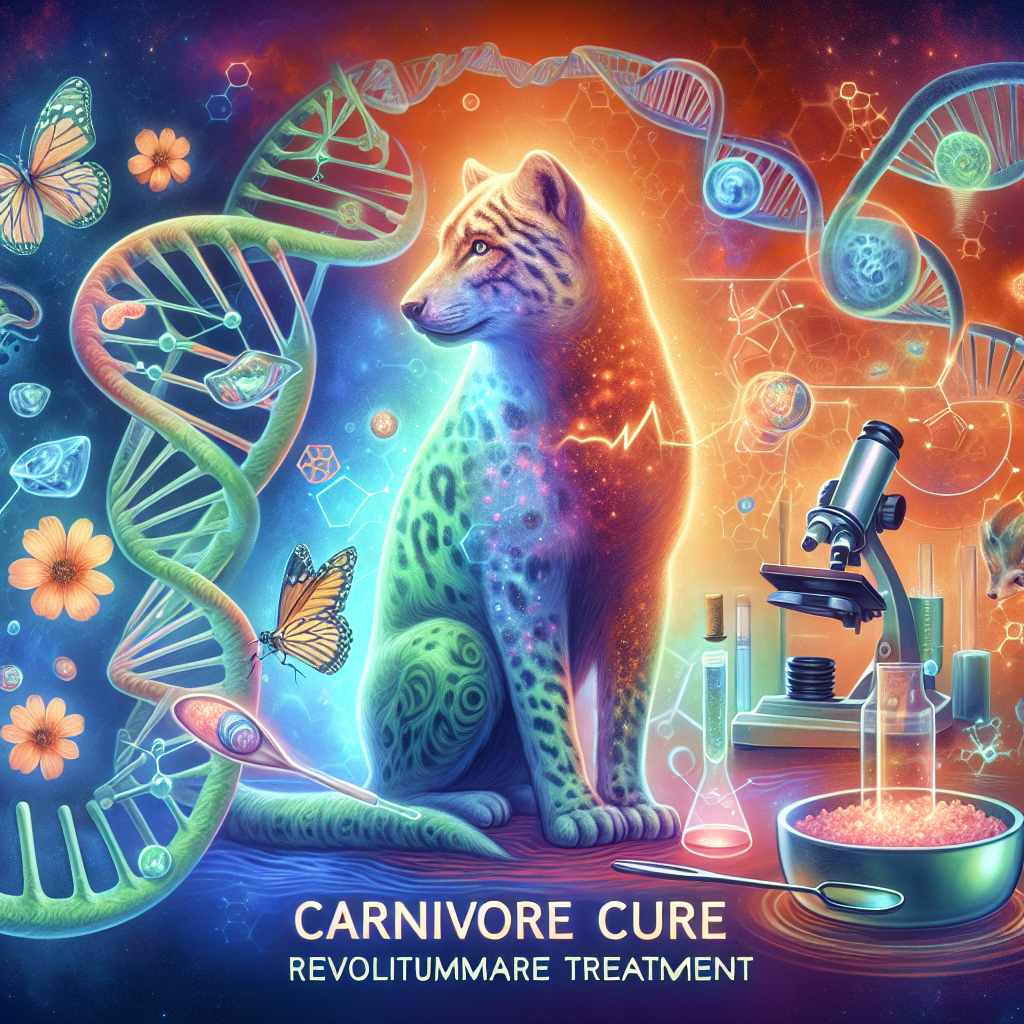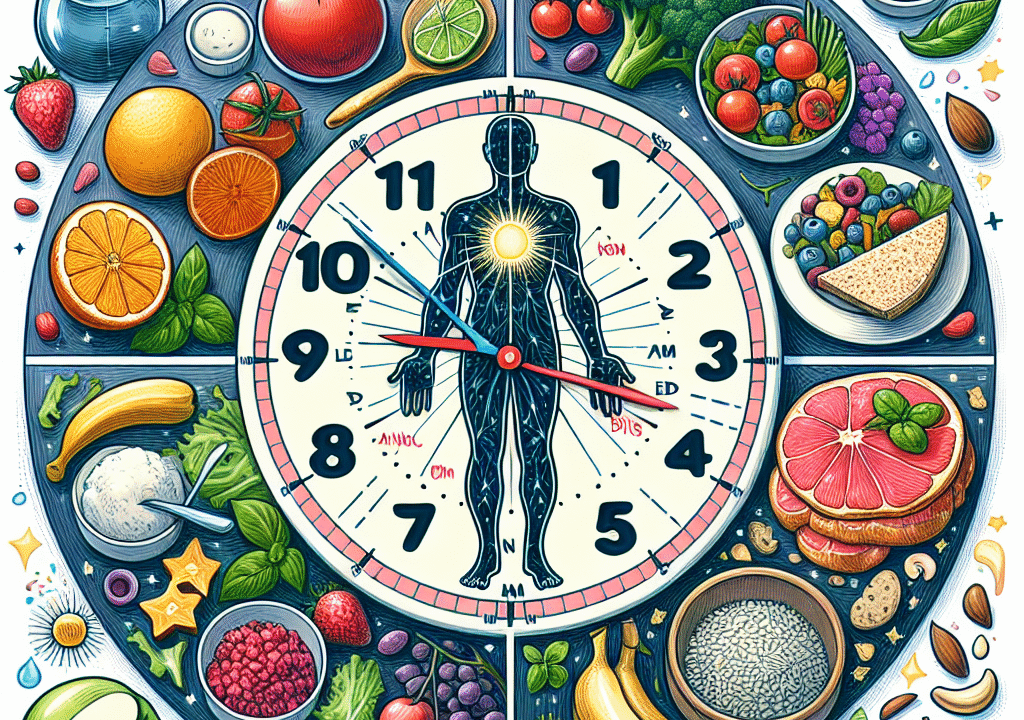
The Carnivore Cure: Medical Case Studies That Are Changing Autoimmune Treatment
In today’s era of rising chronic illness, few nutritional strategies have sparked as much controversy—and promise—as the Carnivore Diet for autoimmune disease relief. Previously labeled as extreme, this meat-based elimination diet is now gaining attention for its potential in reversing symptoms, improving lab results, and even reducing the need for medication.
Based on the insights from The Carnivore Cure, a growing number of case studies reveal how patients with various autoimmune diseases are finding hope and healing through this novel dietary approach.
Let’s delve into the transformative role the Carnivore Diet is playing in autoimmune recovery by examining patient outcomes, nutritional science, and expert perspectives.
Understanding Autoimmune Disorders and Dietary Challenges
Autoimmune diseases affect over 24 million Americans, according to the National Institute of Allergy and Infectious Diseases (2022). Globally, the number continues to rise. Conditions such as rheumatoid arthritis, Hashimoto’s thyroiditis, Crohn’s disease, and multiple sclerosis arise when the immune system attacks the body’s own cells and tissues. Standard treatments often focus on immune suppression, typically involving corticosteroids, biologics, or other immune-modulating drugs—interventions that don’t offer cures and carry serious side effects.
“Autoimmunity is often exacerbated by environmental and dietary triggers,” explains Dr. Eric Westman, Associate Professor of Medicine at Duke University. “Identifying and eliminating these triggers should be a priority in treatment plans.”
While going gluten-free, paleo, or trying the Autoimmune Protocol (AIP) can bring partial relief for some, others see no improvement despite their best efforts. For many, the zero-carb Carnivore Diet becomes a last resort—and often the first strategy that works.
What is the Carnivore Diet and Why Is It Being Used for Autoimmune Conditions?
The Carnivore Diet for immune regulation consists solely of animal-based foods—meat, fat, eggs, and occasionally organ meats and bone broth. It fully excludes plant-based foods that may contain irritants such as lectins, oxalates, and gluten, which can worsen autoimmune activity in some individuals.
Critics raise concerns about the lack of fiber and phytochemicals in this approach. However, advocates argue that these exclusions help reset the gut, reduce systemic inflammation, and simplify the body’s immune workload. The diet often begins with a basic foundation—typically beef, salt, and water—and gradually expands to include other low-reactivity animal products.
Dr. Paul Mason, a physician specializing in preventative and sports medicine, notes: “When you remove 100% of food-based triggers, only then do you see how much damage was being done to the body.”
Case Study 1: Remission of Rheumatoid Arthritis Symptoms
A 42-year-old woman managed rheumatoid arthritis for over 10 years using prescription medications such as methotrexate and NSAIDs, but continued to suffer from joint pain, fatigue, and inflammation. When she switched to a low-inflammation Carnivore Diet for rheumatoid arthritis—consisting solely of beef, salt, and water—her relief was rapid and measurable.
– Joint pain and fatigue subsided within six weeks
– Inflammation markers like CRP and ESR dropped to healthy levels
– She successfully tapered off all medications under medical supervision
By eliminating plant compounds that may aggravate inflammation, her body reached an equilibrium not achieved with standard therapies. This highlights how removing dietary triggers like lectins and oxalates can offer profound benefits for those struggling with autoimmune diseases.
Case Study 2: Stabilizing Hashimoto’s Thyroiditis With a Nutrient-Dense Animal-Based Diet
Hashimoto’s thyroiditis, one of the most common autoimmune thyroid conditions, affects nearly 5% of the U.S. population (American Thyroid Association, 2023). One male patient featured in The Carnivore Cure had long struggled with fatigue, brain fog, depression, and cold intolerance, despite consistent use of levothyroxine.
After transitioning to a Carnivore Diet for thyroid health, which involved eliminating all plant foods, he experienced dramatic improvement:
– His thyroid-stimulating hormone (TSH) levels normalized
– Depression and fatigue resolved
– He reported significant gains in cognitive clarity and overall energy
Research supports this outcome. Certain food proteins, such as gluten and soy, can mimic thyroid tissue and promote autoimmune flare-ups (Vojdani, 2014). Removing such triggers through an all-animal diet may provide a clearer path to immune stabilization.
Case Study 3: Managing Crohn’s Disease Through Gut-Friendly Carnivore Eating
Although high-fiber diets are often praised for gut health, they may not be suitable for those with high intestinal inflammation. A young man suffering from Crohn’s disease for several years had relied on corticosteroids and faced potential bowel surgery due to uncontrolled symptoms.
Upon switching to a zero-fiber Carnivore Diet for gut repair, his health turned around in just months:
– Inflammatory markers such as calprotectin returned to normal
– Digestive pain resolved, and bowel movements normalized
– A follow-up colonoscopy showed mucosal healing with no visible disease activity
“For people battling severe forms of Crohn’s or ulcerative colitis, anything touching the bowel—even plant fiber—can be too harsh,” says Dr. Georgia Ede, a nutritional psychiatrist. In these cases, completely eliminating dietary triggers may offer the most relief.
Understanding the Science Behind Carnivore Diet Efficacy
What makes this radical diet work? Researchers point to the immune-reactive nature of many plant-based compounds, including:
– Oxalates (found in spinach, almonds, and beets)
– Lectins (common in legumes and grains)
– Gluten and soy proteins (known molecular mimics of human tissues)
A 2017 study in Frontiers in Immunology found that these compounds can increase gut permeability and provoke autoimmune responses in genetically susceptible individuals (Visser et al., 2017).
In contrast, animal-based foods offer bioavailable nutrients—such as B12, iron, zinc, and selenium—that are vital for immune support and cellular repair. Carnivore-style eating also tends to trigger nutritional ketosis, leading to reduced inflammation, improved mitochondrial function, and lower oxidative stress.
Important Considerations and Safety Guidelines
Despite promising results, the Carnivore Diet is not risk-free. Potential hazards include:
– Nutrient imbalances if meals are not properly planned
– Changes in cholesterol levels, hormone balance, or kidney function
– Emotional and social stress due to restrictive eating habits
It is essential to consult a knowledgeable healthcare provider before starting the diet, especially for those with existing medical conditions. Transitioning in and out of the Carnivore Diet should also be done with care, using monitored reintroduction phases to identify potential food sensitivities and avoid triggering flare-ups.
For more support, resources like edrugstore.com offer tools for managing chronic illness through diet and medication.
The Emergence of a Meat-Based Movement in Medicine
The growing number of success stories highlighted in The Carnivore Cure is changing how both patients and practitioners view food and healing. Ancestral, animal-based diets that reduce immune burden and encourage nutrient repletion are gaining recognition in medical communities.
Although more long-term studies are needed, existing clinical cases, physiological understanding, and patient experiences suggest that meat may be far more than sustenance—it may be a legitimate therapeutic tool.
Final Thoughts
The Carnivore Diet is not a one-size-fits-all solution, but for many battling unresolved autoimmune conditions, it may provide relief when other diets have failed. With proper guidance and gradual implementation, it has the potential to transform lives and shift perspectives on what healing through food can look like.
Disclaimer
This article is for informational purposes only and should not be considered medical advice. Always consult a certified health professional before making any major dietary changes, especially when managing chronic conditions.
References
– National Institute of Allergy and Infectious Diseases. (2022). Autoimmune Diseases Statistics. https://www.niaid.nih.gov/diseases-conditions/autoimmune-diseases
– American Thyroid Association. (2023). Thyroid Disease Information. https://www.thyroid.org
– Visser, J., Rozing, J., Sapone, A., Lammers, K., & Fasano, A. (2017). Tight junctions, intestinal permeability, and autoimmunity. Frontiers in Immunology, 8, 98. https://doi.org/10.3389/fimmu.2017.00098
– Vojdani, A. (2014). Molecular mimicry as a mechanism for food immune reactions. Alternative Therapies in Health and Medicine, 20(Suppl 1), 25–36. https://pubmed.ncbi.nlm.nih.gov/24430203/
– Edrugstore.com. (n.d.). Resources for Autoimmune Support. https://www.edrugstore.com


